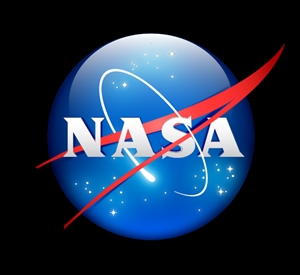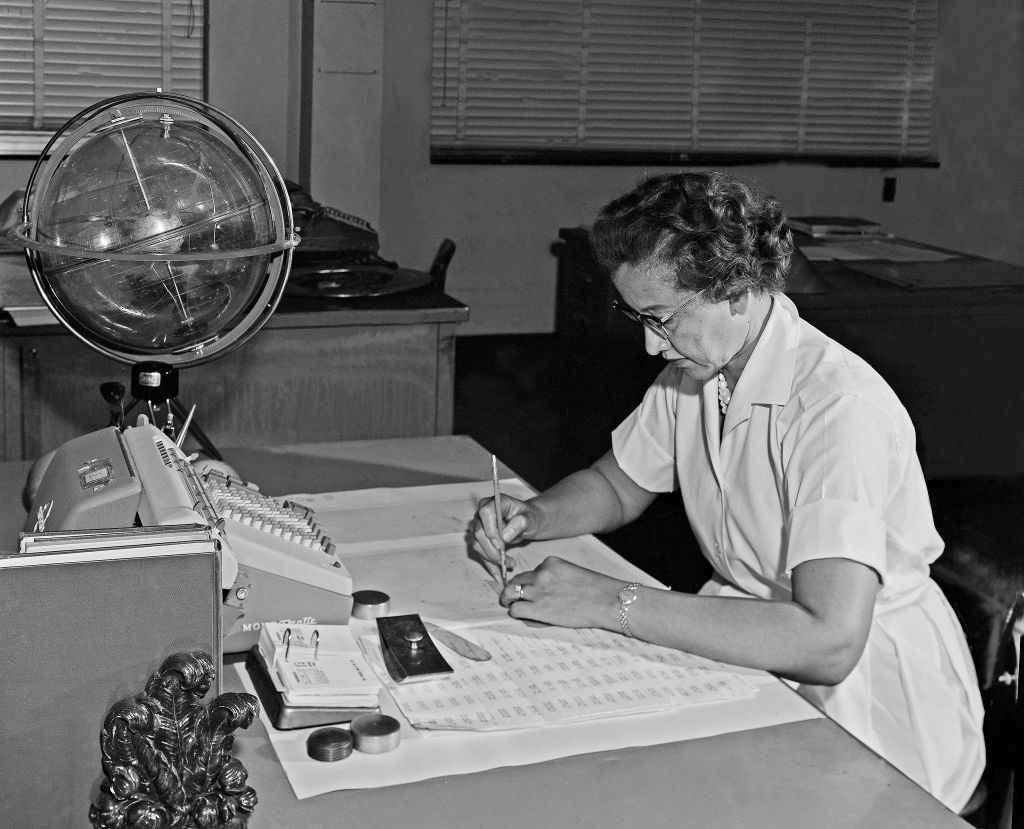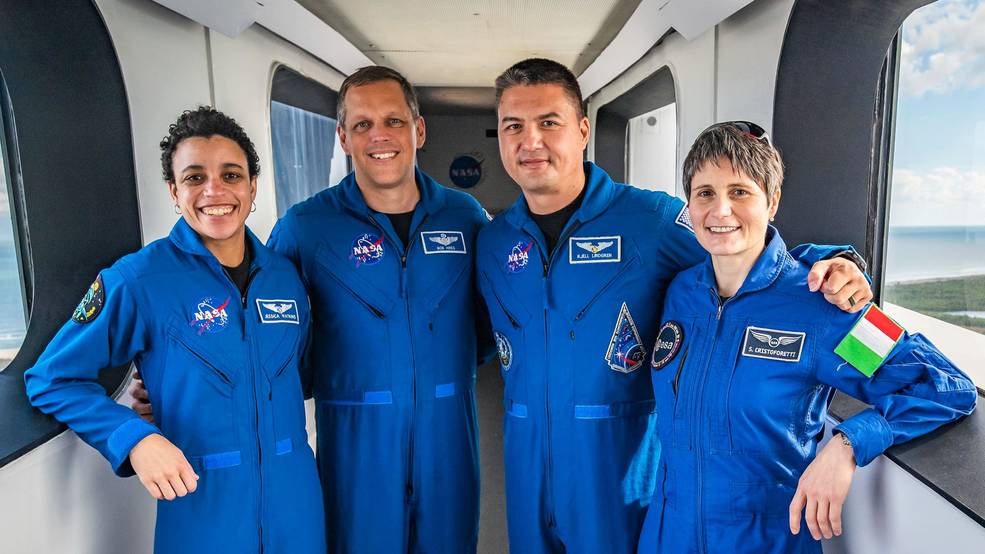NASA to Kick Off 31st Annual Rover Competition

NASA’s annual Human Exploration Rover Challenge returns Friday, April 11, and Saturday, April 12, with student teams competing at the U.S. Space & Rocket Center’s Aviation Challenge course near the agency’s Marshall Space Flight Center in Huntsville, Alabama.
Media are invited to watch as hundreds of students from around the world attempt to navigate a complex obstacle course by piloting a vehicle of their own design and production. Media interested in attending or setting up interviews should contact Taylor Goodwin in the Marshall Office of Communications at 938-210-2891 no later than 2 p.m. Thursday, April 10.
In addition to the traditional human-powered rover division, this year’s competition expands the challenge to include a remote-control division. The 2025 HERC Handbook includes guidelines for the new remote-control division and updates for the human-powered division.
Participating teams represent 35 colleges and universities, 38 high schools, and two middle schools from 20 states, Puerto Rico, and 16 other nations.
The event is free and open to the public, with rover excursions from 7:30 a.m. to 3 p.m. CDT each day, or until the last rover completes the obstacle course.
Following the competition, NASA will host an in-person awards ceremony Saturday, April 12, at 5:30 p.m. inside the Space Camp Operations Center at the U.S. Space & Rocket Center. NASA and industry sponsors will present multiple awards highlighting team successes throughout the past eight-months-long engineering design project, including awards for best rover design, best pit crew, best social media presence, and many other accomplishments.
About the Challenge
Recognized as NASA’s leading international student challenge, the Human Exploration Rover Challenge aims to put competitors in the mindset of NASA’s Artemis campaign. Teams pitch an engineering design for a lunar rover which simulates astronauts exploring the lunar surface while overcoming various obstacles. Eligible teams compete to be among the top three finishers in their divisions, and to win multiple awards, including best vehicle design, best rookie team, and more.
The annual challenge draws hundreds of students from around the world and reflects the goals of NASA’s Artemis campaign, which will establish the first long-term presence on the Moon and pave the way for eventual missions to Mars.
The event was launched in 1994 as the NASA Great Moonbuggy Race – a collegiate competition to commemorate the 25th anniversary of the Apollo 11 lunar landing. It expanded in 1996 to include high school teams, evolving again in 2014 into the NASA Human Exploration Rover Challenge. Since its inception, more than 15,000 students have participated – with many former students now working in the aerospace industry, including with NASA.
The Human Exploration Rover Challenge is managed by NASA Marshall’s Southeast Regional Office of STEM Engagement and is one of eight Artemis Student Challenges. NASA’s Office of STEM Engagement uses challenges and competitions to further the agency’s goal of encouraging students to pursue degrees and careers in science, technology, engineering, and mathematics.
To learn more about the challenge, visit:





